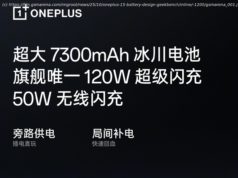Today’s Hemi engines may look familiar, but inside they host features the originals never had.
The original Hemi was introduced way back in 1951, representing the latest and greatest standard engine of several full-size Chrysler models. Naturally, things have evolved since then. The Hemi found the spotlight in multiple racing series and muscle cars in the 1960s with the 426, and saw a renaissance in the 2000s. It’s this latest iteration of the Hemi which proves most curious, however. Not because of what technology it uses, but rather what technology it doesn’t use — namely, the tech that defines a Hemi as a Hemi.
What, then, does an engine require to be a „true“ Hemi? The word itself comes from „hemispherical“, owing to its characteristic combustion chamber shape. Granted, no Chrysler Hemi was perfectly round, with the Gen I and II Hemis being more of a semi-sphere than a truly rounded shape. Even so, there is a clear difference between these classic Hemis and the modern ones: namely, that combustion chamber design.
Modern Hemis come in several variants, starting with that semi-spherical shape before essentially smushing it, forming flattened sections designed to improve combustion efficiency. There are five different Gen III Hemi head patterns as defined by their casting numbers, beginning in 2003 with the basic 5.7L Hemi, which does actually feature a rounded head design. Then you have its variants, named „Eagle“, „SRT8“, „Apache“, and „Hellcat“ respectively, in order of introduction. Among these, the only other engine to use that classic configuration is the 2005 SRT Hemi head. After that, Chrysler modified the chamber’s shape to improve airflow and emissions.






